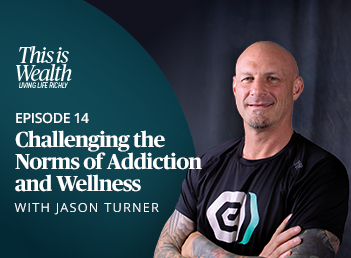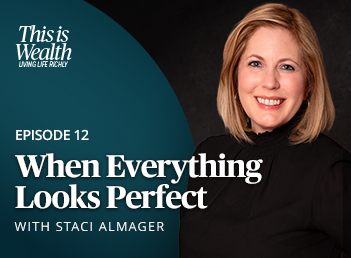Navigating the Rough: What Oakmont’s U.S. Open Can Teach Investors About Risk Management
The 2025 U.S. Open at Oakmont Country Club is more than just a showcase of world-class golf—it’s a masterclass in risk management, discipline, and mental fortitude. For investors, Oakmont’s relentless challenges offer a vivid metaphor for navigating volatile markets and managing financial risk.
Oakmont: Golf’s Ultimate Stress Test
Oakmont is legendary for its thick rough, narrow fairways, over 175 deep and strategically placed bunkers, and greens so fast and undulating they border on unplayable for all but the most skilled. The course’s design leaves little room for error: a slightly errant tee shot can mean a lost stroke or worse, and even the world’s best players often leave with their confidence bruised. The first hole alone—a 488-yard par 4—sets the tone, demanding precision and nerve from the opening swing.
There are no warm-up swings, no safety nets, and no faking it. This is a significant reason why competitors often claim that Oakmont gets into their heads before they even tee off.
When Chasing Glory Goes Wrong: Golf’s Greatest Chokes
History is littered with cautionary tales of golfers who, standing on the precipice of victory, let short-term thinking and emotion dictate their decisions. One of the most memorable examples came at the 2006 U.S. Open at Winged Foot, where Phil Mickelson, needing only a par on the final hole to win, opted for an aggressive drive instead of a safer play. The decision led to a wayward tee shot, a series of difficult recoveries, and ultimately a double bogey—costing him the championship. Rather than laying up and playing for a playoff—a prudent, percentage move—he went for the “Hail Mary” from the rough, and it unraveled spectacularly.
At Oakmont, similar stories abound. The course punishes impatience. A single missed fairway can mean hacking out sideways, just as a single reckless investment can knock years off your financial progress.
The Investor’s Oakmont: Why Discipline Beats Desperation
Investing, like championship golf, is about managing risk, sticking to a plan, and not letting one bad break—or one tempting opportunity—throw you off course. Here’s how Oakmont’s challenges mirror the realities of investing:
- Don’t Throw It All Away on One Shot: Just as one triple-bogey can ruin a tournament, one ill-advised “all-in” investment can devastate a portfolio. Diversification and incremental progress—fairways and greens, not miracle recoveries—are what build lasting success.
- Focus on the Process, Not the Outcome: Golfers who chase the impossible shot from Oakmont’s rough usually end up in deeper trouble. The best players accept their situation, take their medicine, and play for the long game. Investors, too, should avoid knee-jerk reactions to market swings and stick to their disciplined strategy.
- Learn from Mistakes, Don’t Compound Them: Every golfer hits bad shots; every investor makes mistakes. The key is to learn, adapt, and not let one error spiral into catastrophe. Oakmont’s history shows that those who try to “make up” for a mistake with a hero shot usually end up further behind.
The Long Game: Compounding Success Over Time
Oakmont rewards patience and strategic thinking. The same is true for investing. The most successful investors aren’t those who swing hardest, but those who plan carefully, manage risk, and let time work in their favor. Just as the U.S. Open is won over 72 holes, wealth is built over decades—not with one lucky shot, but with thousands of smart, steady decisions.
Winning a golf tournament isn’t about one brilliant shot but consistent performance across every round. Mistakes happen, but the best golfers recover, adapt, and keep their eyes on the prize.
So, when you find yourself in the rough—whether on Oakmont’s back nine or in a market downturn—remember: Don’t go for the miracle. Play the smart shot, stick to your plan, and trust in the power of patience and discipline. That’s how champions—and successful investors—are made.
Disclaimer: The content in this article is provided for informational purposes only and should not be relied upon as recommendations, financial planning advice, or health advice. We encourage you to seek personalized advice from qualified professionals regarding all health and personal finance matters.
Sources:
https://www.espn.com/golf/usopen06/news/story?id=2490383
https://www.investopedia.com/terms/d/diversification.asp


